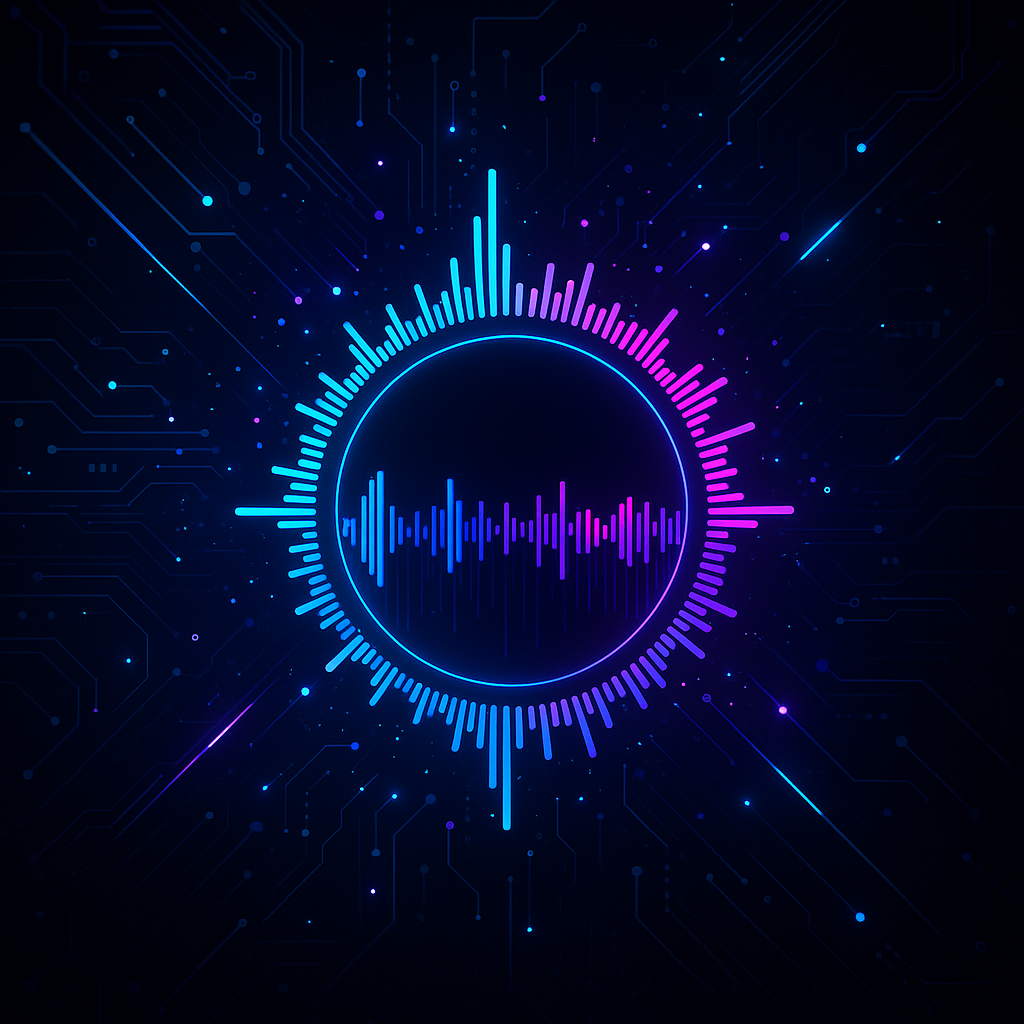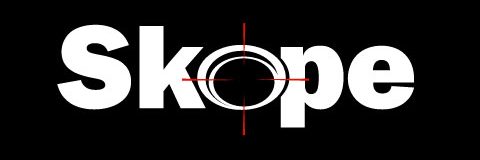Pairing the right visuals with your music isn’t just about style—it’s about creating an emotional dialogue between sound and sight. When visuals move in harmony with rhythm and tone, they elevate a track’s impact and make it unforgettable. Whether for YouTube, live shows, or streaming loops, here’s how to find the perfect match between your sound and its animated counterpart.
The Power of Music Visualizers
Music visualizers are dynamic tools that convert sound waves into movement, light, and form. They translate frequencies into animations that pulse, glow, or react in sync with your track’s beat. Platforms such as Videobolt, Renderforest, and After Effects help creators generate professional-grade animations that instantly capture attention.
The trick is to make visuals feel musical. A visualizer that subtly mirrors rhythm, frequency, and emotion strengthens your audience’s connection to your music. The closer the motion aligns with sound, the more immersive and memorable your track becomes.
Matching Visual Styles to Music Genres
Every genre has its visual soulmate—an aesthetic that enhances its sound. Here’s a breakdown of popular visual styles and the types of music they complement:
- Retro Synthwave: Think neon lights, 80s-inspired grids, chrome typography, and sunset hues. Perfect for nostalgic electronic tracks or synth-driven instrumentals.
- Sleek Minimalism: Clean lines, subtle fades, and geometric motion suit ambient, lo-fi, or deep house music where simplicity enhances mood.
- Cinematic 3D: Particle effects, lens flares, and dramatic lighting pair beautifully with epic orchestral or film score compositions.
- Futuristic: Metallic colors, digital grids, and holographic visuals elevate techno, EDM, and cyberpunk genres.
- Cartoon or Hand-Drawn: Whimsical animation styles work best for upbeat pop, indie, or funk tracks that celebrate creativity.
- Lo-Fi Aesthetic: Grainy textures, muted tones, and looping animations perfectly complement chill-hop or jazzy lo-fi beats.
If you’re not sure which one you want to use you’d be better off using a music visualizer like VideoBolt to just play around with the different styles and to see which clicks best.
Matching your sound to the right style creates a seamless visual identity and helps your audience instantly connect emotionally to your music.
Building Audio-Responsive Animations
To truly bring music to life visually, use audio-reactive elements. Modern animation tools let you map frequencies to motion, scale, or brightness, ensuring visuals move organically with your song. For example, bass frequencies can trigger camera shakes or waveform pulses, while higher notes might control particle dispersion or light intensity.
In software like After Effects, you can use Audio Spectrum or Trapcode Sound Keys to automate this syncing process. This approach transforms your visualizer into an extension of your music rather than a simple background effect.

Experimenting With Motion Dynamics
One of the best ways to make your visuals stand out is by playing with motion dynamics—how quickly or smoothly elements move in response to the music. For faster, high-energy genres like drum and bass or EDM, use sharp transitions, rhythmic pulses, and camera shakes to amplify intensity. For slower tempos or ambient pieces, use gentle oscillations, slow zooms, and smooth fades that match the song’s emotional flow. Motion pacing gives viewers a sense of anticipation and release that mirrors the rhythm of your track. When in doubt, follow the music’s peaks and valleys: speed up during choruses, slow down during breakdowns.
Use Lighting and Texture to Set the Mood
Lighting can completely change the tone of your visualizer. Bright, glowing highlights can make a track feel uplifting, while darker, moody lighting conveys tension or mystery. Combine this with textures—grain, fog, reflections, or holographic overlays—to add depth and visual richness. A synthwave track might feature glowing purples and pinks with soft grain, while a cinematic score could benefit from realistic lighting flares and depth of field. Layering texture and light ensures your visualizer doesn’t feel flat or static, helping it match the emotional contour of the music.
Test and Refine With Audience Feedback
Even the most stunning visuals can miss the mark if they don’t resonate with viewers. Once your visualizer is ready, test it with a small audience—friends, fans, or collaborators—and gather feedback. Ask how well the visuals fit the track’s energy, whether the pacing feels natural, and if the colors evoke the right mood. Pay attention to viewer retention metrics on YouTube or social platforms to see where people drop off or rewatch. Iteration is key: adjust brightness, timing, or motion to improve flow. The more you refine based on real responses, the stronger your final product—and your connection with your audience—will become.
Maintaining Consistency and Branding
For artists, a strong visual identity is as important as a unique sound. Keep your color palette, fonts, and logo placement consistent across all videos. When fans recognize your visual style instantly, you build long-term loyalty. Consider adding small signature touches—a repeating animation, a branded intro, or a subtle watermark—to make your content feel cohesive and professional.
You can reuse a single high-quality visualizer template for multiple releases, customizing only the colors or effects to match each new track’s tone. This maintains brand consistency while saving production time.
Final Thoughts
The best animated visuals don’t just accompany your music—they amplify its message. Whether you lean toward retro synthwave nostalgia, sleek minimalism, or cinematic 3D grandeur, your visuals should mirror the emotion and rhythm of your sound. Combine responsive animation with a strong visual identity, and your music won’t just be heard—it will be seen, felt, and remembered.
